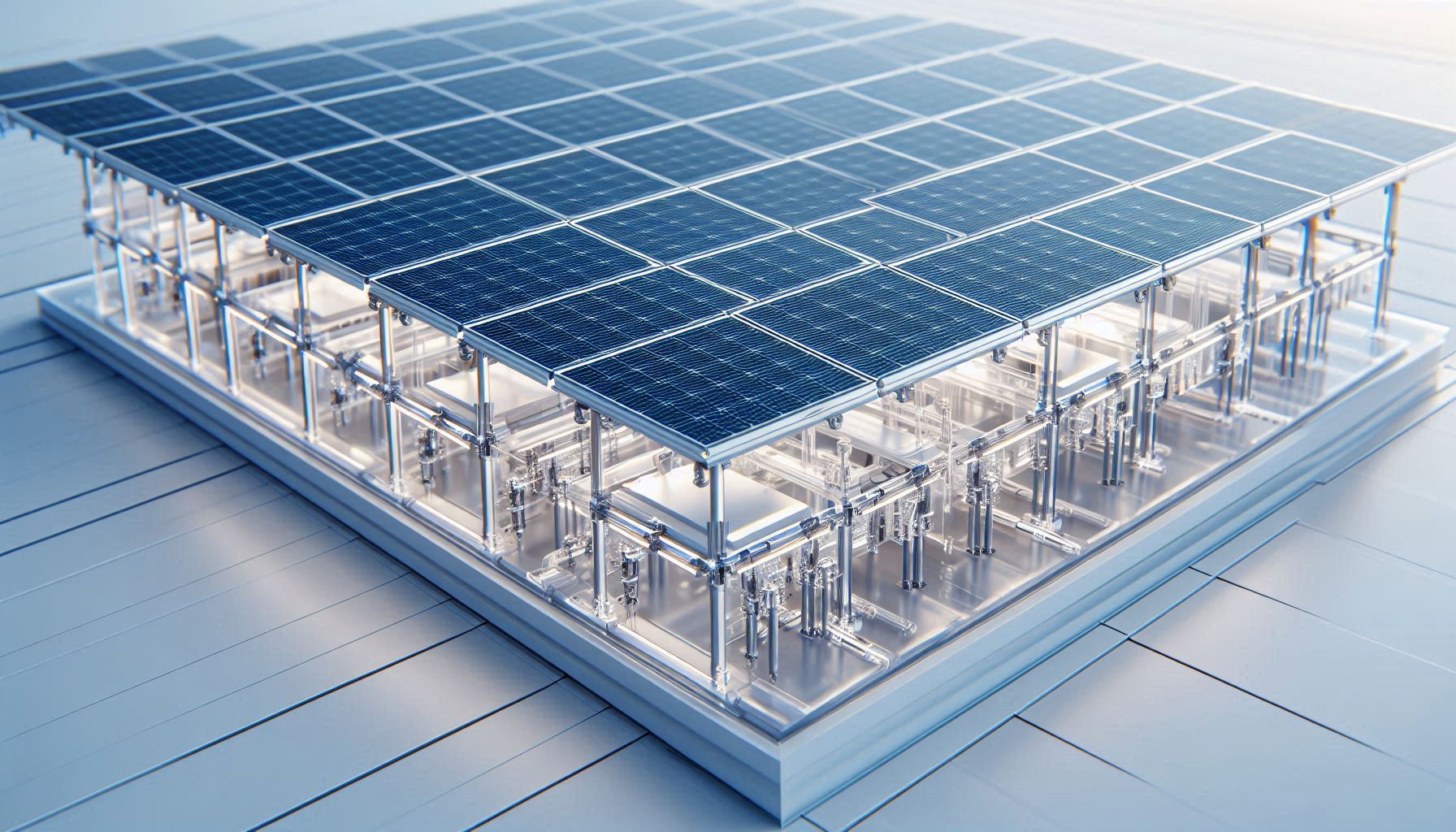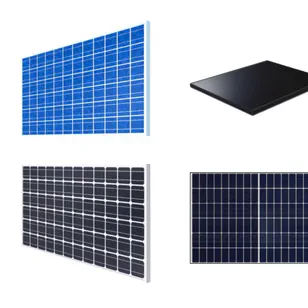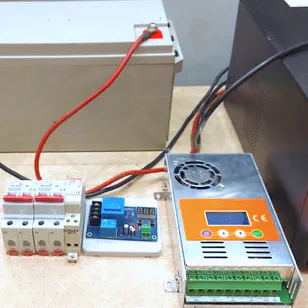Bifacial panels have a transparent base, unlike the typical matte white, making them appear almost glass-like.
How Do They Work?
- Dual-Sided Generation: They generate electricity from both sides. Whether light hits from above, below, or both, they will generate power on both sides.
- Standard Features: The connection wires and junction boxes remain in their usual positions, and the frame profile is standard.
Benefits of This Design
- Increased Generation: They generate electricity on both sides, which can be useful in certain scenarios.
- Higher Light Transmission: They allow more light to pass through, which can be beneficial in some installations.
Optimal Use Cases
- Ground-Mounted Solar Systems: When the ground beneath them can be covered or filled with light-colored materials. White or light gray stones, concrete painted with road-marking paint, or even reflective glass beads can enhance performance.
- Roofs and Facades: Particularly effective on light-colored or white surfaces.
- Solar Fences: Ideal for creating energy-generating barriers.
- Canopies: Perfect for carports, terraces, or other areas where transparency is needed to avoid significant shading of surfaces and adjacent windows.
Pricing
Slightly Higher Cost: These panels are about 15% more expensive than regular ones. This extra cost might not be justified on a dark roof or ground-mounted system on dark soil.
Conclusion
If your situation matches the scenarios described above, it might be worth considering bifacial panels over traditional ones.




